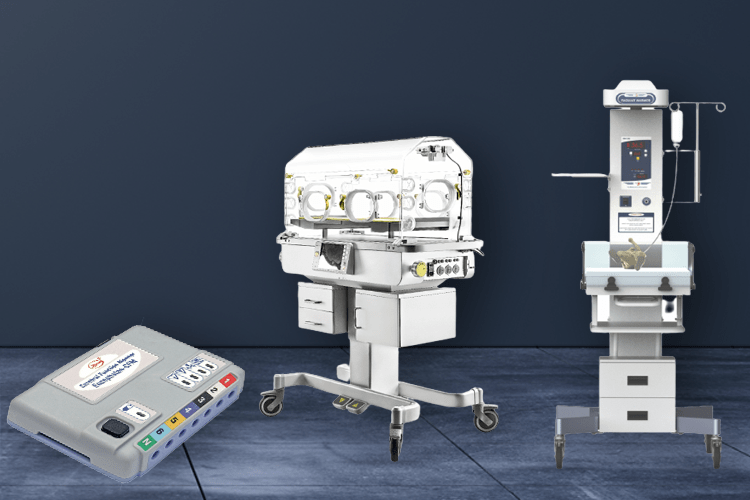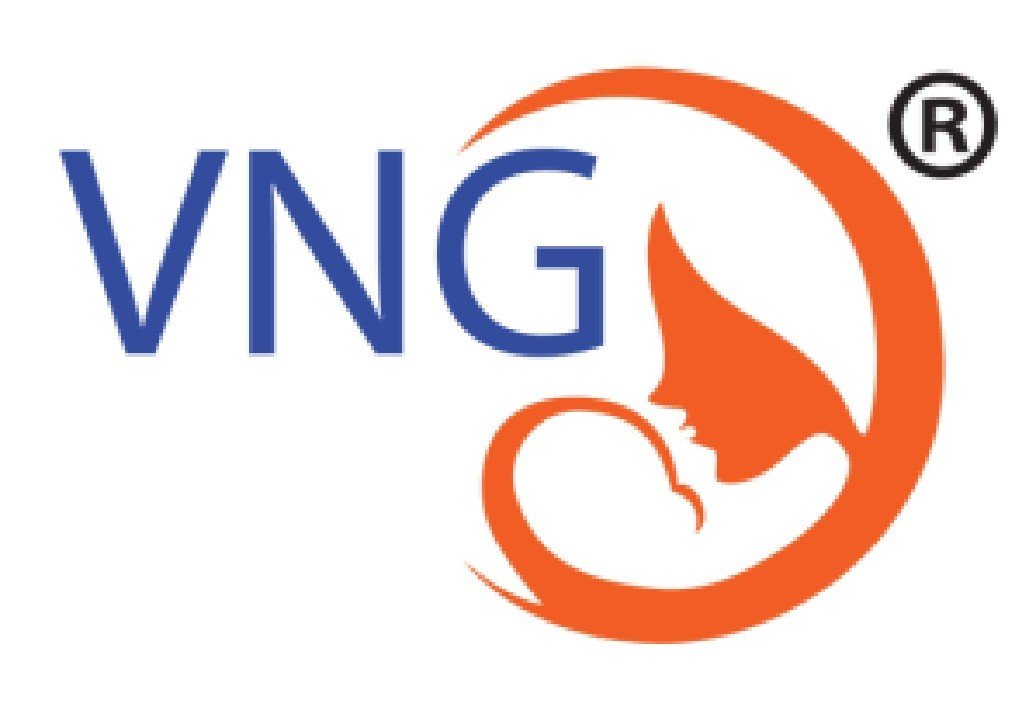Introduction
A newborn baby is a precious bundle of joy that most people have the opportunity to meet. A newborn baby requires excellent care and attention to remain healthy. In some cases, a newborn may require long-term care or special treatment to recover from exceptional circumstances and medical conditions. This is where the neonatal intensive care unit (NICU) comes into play.
The neonatal intensive care unit (NICU) is a special place where newborns who need specialized medical attention can get help. It’s also called the newborn intensive care unit (NICU) or neonatal intensive care unit (NICU).
The NICU provides high-tech equipment and support to babies with health problems. Most infants born too early or underweight, who have breathing problems from congenital disabilities or other causes, go to the NICU.
What Is The Importance Of NICU?
A neonatal intensive care unit (NICU) is a specialized ward that provides long-term, specialized medical care for newborn infants (premature or full-term) who are ill or need special monitoring.
NICUs are essential because:
- Newborns are particularly vulnerable, especially during their first few days. An infant usually spends a good amount of their first few days in the neonatal intensive care unit or NICU.
- The reason can be that their lungs are not developed enough yet to breathe on their own, at least not without help from an oxygen tank and other medical equipment.
- Also, they may be suffering from neonatal hypothermia or birth asphyxia, or they may be diagnosed with neonate jaundice. So NICU is the only place a newborn can recover quickly.
- Moreover, when an infant is in the intensive care unit, they will not contact any infections or virus.
- Common health issues dealt with in NICU are Pneumonia, Bronchopulmonary dysplasia (BPD), Anemia, Persistent pulmonary hypertension of the newborn (PPHN), Patent ductus arteriosus (PDA), Gastroschisis, Intrauterine Growth Restriction (IUGR), Jaundice, Heat loss, Sepsis, Apnea, etc.
The Essential Equipment Requirement For NICU Setup
The health and safety of an infant are always a priority, but especially so in the neonatal intensive care unit (NICU). Modern-day NICU (Neonatal Intensive Care Unit) has become a vital component of the healthcare setup worldwide. The essential equipment required for setting up a NICU unit are:
INCUBATOR
The incubator is a device used to maintain the proper temperature for the baby. In the case of premature babies, they are prone to rapid heat loss, but the incubator will provide an environment that will be warm and comfortable for the infant.
VENTILATOR OR INFANT VENTILATOR
A ventilator is a medical device used to provide life support for patients with difficulty breathing. The ventilator delivers air under pressure into the patient’s lungs either through a face mask or directly into the trachea via an endotracheal tube inserted through the mouth or nose and down to the level of the vocal cords.
BABY WARMERS OR RADIANT WARMERS
Warmers are used to keep the infant’s body temperature regular. Radiant warmers are different from conventional warmer in several ways. For example, they keep the baby’s skin dry and prevent mild hyperthermia, which can happen with conventional warmers due to over-heating their environment and restricting heat loss from their fragile bodies. Heat lamps are used in most neonatal intensive care units or NICUs. They are placed above the babies’ beds.
PHOTOTHERAPY
Phototherapy is a method to treat Jaundice in a newborn. The infant’s skin is exposed to the device, and the non-invasive light coming out of the device will reduce bilirubin levels in the blood. This is a harmless, cost-effective, and time-effective way to treat Jaundice.
PATIENT MONITOR
A patient monitor is an electronic device used to measure and display vital signs. These monitors are used in all critical care units, including emergency rooms, intensive care units, operating rooms, and other areas where patients need continuous monitoring.
Patient monitors may include blood pressure, respiratory rate/oxygen saturation, heart rhythm/electrocardiogram (ECG), temperature, and pulse oximetry. Some models also feature alarms that alert users when there’s some discrepancy.
BRAIN MONITORS
Brain monitors, or electroencephalography (EEG) devices, are medical instruments that measure the electrical activity of your brain. These devices can be used for various purposes, including diagnosing seizure disorders and sleep disorders and testing whether a person is alert enough to drive.
What Are Some Other Important Pieces Of Equipment That You Will Need?
Some other types of equipment are of vital use in an Intensive care unit (Neonatal). Those devices are:
OXYGEN HOOD OR OXYGEN BAG
Accessories to support equipment are essential; these oxygen hoods or bags work as an accessory. With the help, these babies can breathe in the oxygen easily.
SYRINGE PUMP
A syringe pump is a device used to accurately deliver small and precise amounts of liquid or gas, such as medication, into a patient’s body. It is often used to replace the IV administration set’s action without any tubing.
PULSE OXIMETER
A Pulse Oximeter is used to monitor the pulse of the infant. It also monitor’s the oxygen levels in the blood. This small piece of equipment is generally attached to the foot of the baby.
CATHETER (Urinary, umbilical)
A catheter is a thin, flexible tube inserted into the body to drain or inject fluids. A urinary catheter is used to drain urine from the bladder, while an umbilical catheter can feed babies whose digestive systems are not functioning correctly. While there are several different types of urinary and umbilical catheters, they all have one thing in common: risk for infection.
TUBE (extracorporeal, arterial, endotracheal, gastrostomy, nasogastric, extracorporeal, orogastric etc)
Tubing is one of the essential parts of medical equipment. It is used in respiratory, digestive, and circulatory systems to help patients breathe and receive nutrition.
Parameters For Setting Standards For NICUs
Newborns are fragile, requiring proper devices, attention, and skills. Maintaining standards for NICUs is essential. Here we will list some basic yet essential parameters:
- Location of the Intensive care unit.
- Private minimum space requirements for newborns.
- Requirement of Isolation rooms (for airborne infection)
- Waiting or reception area for the family/public.
- Availability of handwash station.
- Lighting and precise atmosphere to be created.
- General staff or healthcare support room.
- Temperatures to be maintained at all times.
- Security and safety protocols.
- Types of furnishing, walls, ceiling, and floors to be used (generally non-toxic paint and other such pointers).
- Rooms for family and mother specifically.
CONCLUSION
The NICU provides a unique opportunity to provide care for infants born prematurely. There are 45 million premature births in the world each year. The complexity of the infant is excellent and requires special knowledge, skills, and equipment.
Premature birth occurs when a baby is delivered before reaching 37 weeks. In the United States, there are between 100,000 and 120,000 babies born prematurely yearly (12). Each year approximately 1/3 of all tiny newborns are cared for in specialty nurseries (13).
With so many complexities involved, following required guidelines and procedures is vital for managing or setting up a Neonatal Intensive Care Unit.



